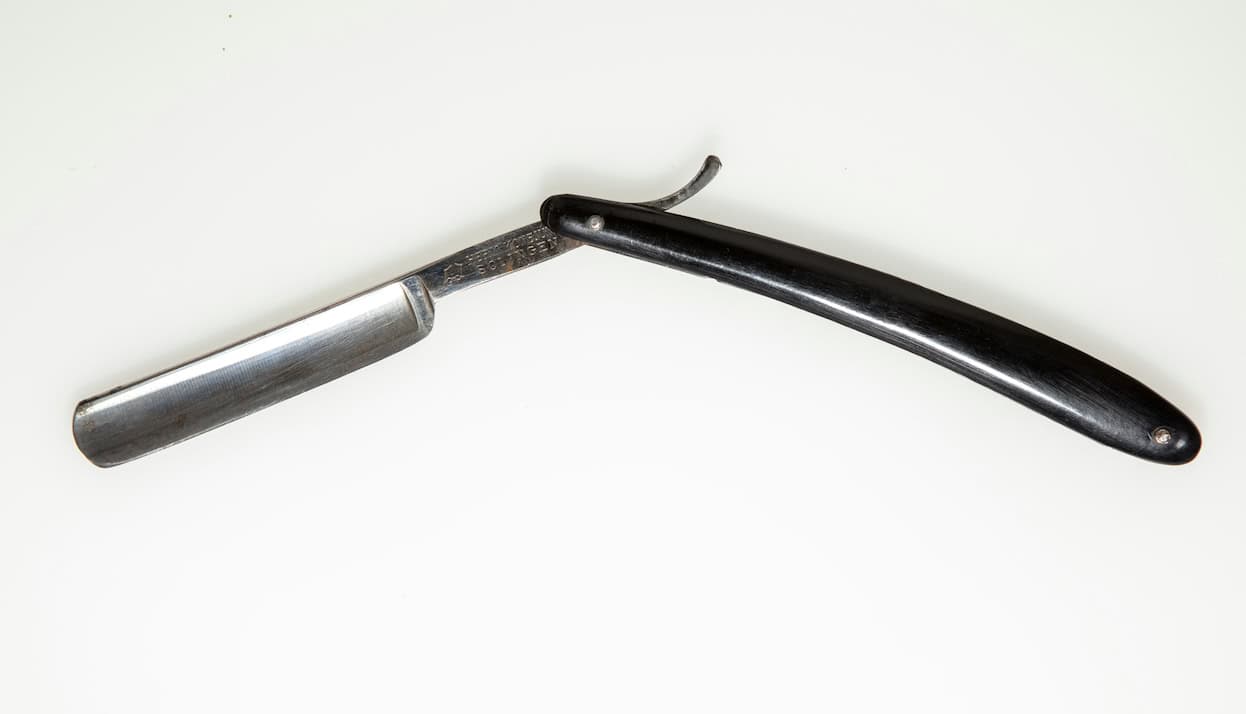The couple took their seats in front of me, cleared their throats, looked me in the eye, and said: “You’re our last hope.” Always game for a reproductive challenge, I leaned in and calmly stated: “How can I help?” Trying to conceive now for 4 years, they’d tried timed intercourse, intrauterine inseminations, and several cycles of IVF, all of which failed miserably. Not even one positive pregnancy test. And, nearly in tears, she said: “We’re in our late 20’s, really healthy, and you can set a clock to my cycles they’re so regular.” I had to agree that female factor is unlikely here.
So, I turned to him, and he indeed appeared as billed: fit as a fiddle. “I’m a physical therapist who tries to be the example of good health for my patients,” he explained. “And I know that good health is important for good fertility, but I can’t for the life of me understand why my semen analysis is so bad!” Reviewing his reports over the last several years, I nodded in agreement. One of the semen analysis numbers, the sperm motility, was low, and I mean really low, even near zero at times. This was true on every sample he produced. On further review of his semen analyses, the ejaculate volumes were steadily going down over time which shouldn’t normally happen. Registering this, I looked up and asked him one question: “Any pain with sex or ejaculation?” He answered wistfully, “Well, yeah, kinda… in the ball sac lately.” I looked up at both and said, “I think I can help.”
Simple Truths
I am a big fan of Occam’s razor, also known as the “law of parsimony.” It is a well-known philosophical tool in search for truth that ‘shaves off’ unlikely or complex explanations in favor of the simplest ones. In essence, the simplest explanation is most likely the correct one.
I applied this principle to this case and here’s how it went. There are numerous causes of low sperm motility that range from exposures to drugs, medications and hot baths, to collection error, ejaculatory abstinence, and varicoceles. But there are only a select few reasons for really low motility, such as genetic defects in the sperm tail, the use of toxic lubricants or physical blockages to sperm flow. Likewise, there are a variety of reasons for low ejaculate volume, yet only a few causes of decreasing ejaculate volumes, such as low testosterone, advanced age, and blockages to sperm flow. Finally, there are many causes of scrotal pain, but only a few that are induced by ejaculation, such as prostatitis, pelvic floor dysfunction, and blockages to sperm flow within the prostate. Reviewing these three lists of possible diagnoses, only one of them is common to all of them and explains his symptoms and findings: ejaculatory duct obstruction.
Clogged Pipes
All this theorizing is fine, but we needed more evidence to clinch the diagnosis. Luckily an ultrasound can do just that. Like a dam causing low forward flow and much backup behind it, with blockages in the ejaculatory duct, there is less forward flow of semen and a backup of fluid within the seminal vesicles, making them larger. The combination of large seminal vesicles and a cyst, calcification, or stone right where the ducts empty into the urethra are fairly specific findings for blockage.
In this case, we found a small but critically positioned Mullerian cyst within the prostate interrupting the flow of ejaculate. Interestingly, this cyst is the male vestige of the female uterus that hadn’t regressed completely during fetal development. Sitting smack in the path of semen flow, it can cause a traffic jam and result in sperm being held up until they run out of gas and enter the ejaculate old and dead. It can also induce back pressure in the system and radiate this sensation backwards towards the testicles, causing pain.
I proposed to remove the cyst in the operating room endoscopically (without incisions) in a relatively short procedure termed transurethral resection of the ejaculatory ducts (TURED). It went swimmingly and within several days, his ejaculate volume climbed and the sperm motility increased dramatically. Most importantly, they conceived the first opportunity they had afterward. A finer result could not be had. Three cheers for root cause analysis and curing male infertility! In the words of the polymath Thomas Fuller, “A disease known is half-cured.”




